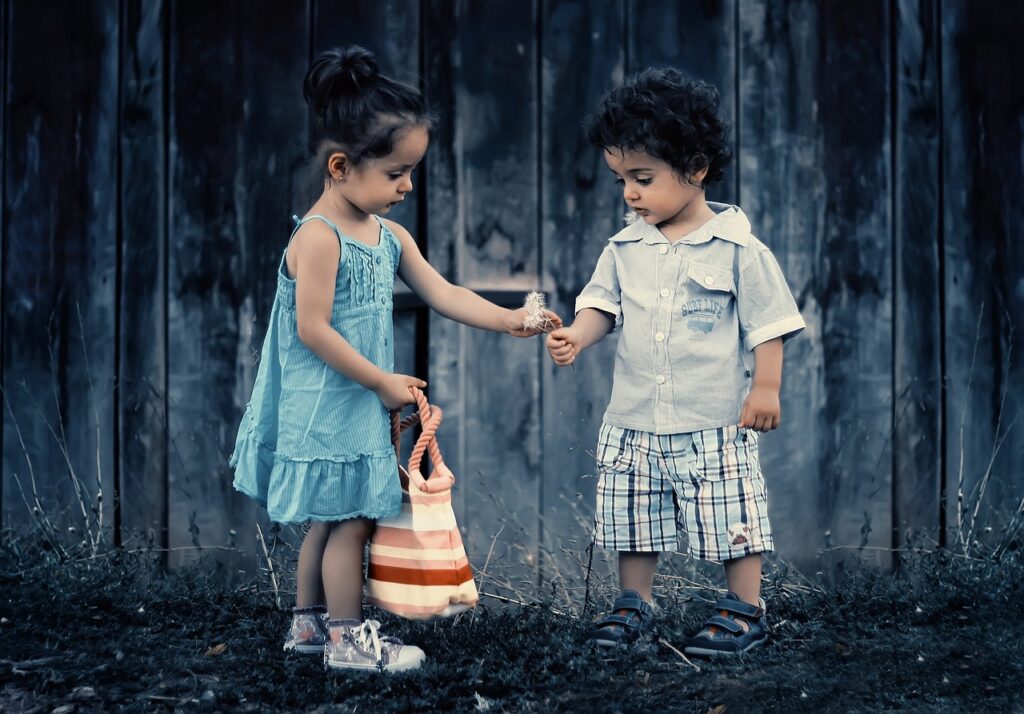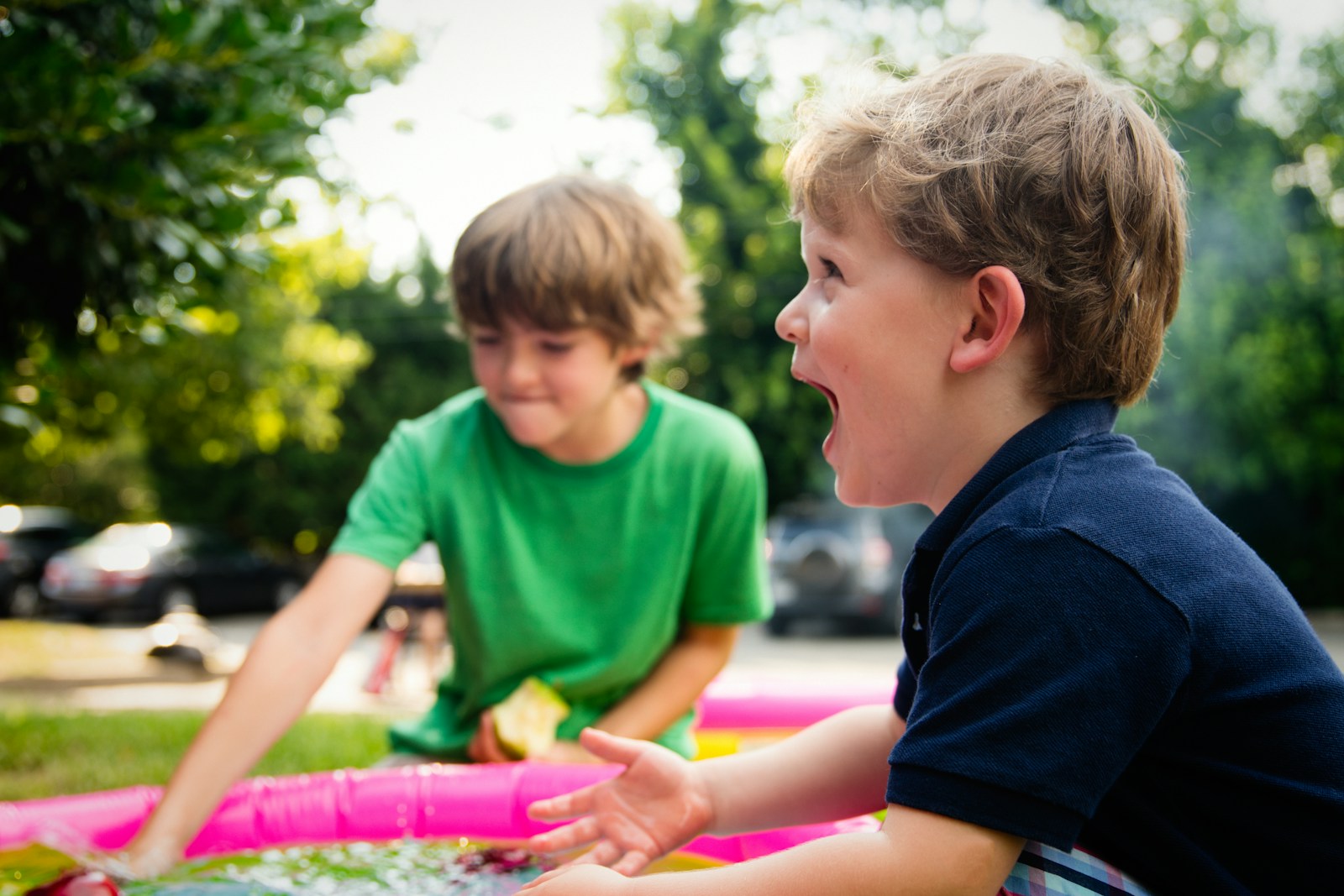Generosity is a fundamental virtue that shapes not only an individual’s character but also the very fabric of society. Teaching children about generosity is crucial in nurturing kindness, empathy, and a sense of community. This article explores various strategies and practices to instill the spirit of giving in children, ensuring they grow into compassionate and socially responsible adults.

Key Takeaways:
- Understand the importance of teaching generosity to children.
- Learn effective ways to model and demonstrate generosity.
- Discover activities that foster a generous spirit.
- Recognize the role of culture and religion in teaching generosity.
Understanding Generosity: Concepts and Importance
What is Generosity?
Generosity is more than just the act of giving. It encompasses a range of behaviors and attitudes, including empathy, selflessness, and kindness. In the context of children, teaching generosity means guiding them to understand and practice these values in their daily lives.
Key Components of Generosity:
- Empathy: Understanding and sharing the feelings of others.
- Selflessness: Putting the needs of others before one’s own.
- Kindness: Showing friendliness, consideration, and concern for others.
The Importance of Generosity in Child Development
Generosity plays a pivotal role in child development, impacting social, emotional, and cognitive growth. Children who learn to be generous often develop stronger social bonds, greater emotional intelligence, and a more profound sense of satisfaction and happiness.
Benefits of Generosity in Children:
- Enhanced Social Skills: Generous children often have better relationships with peers.
- Emotional Well-being: Acts of generosity can boost mood and happiness.
- Cognitive Development: Understanding others’ needs fosters critical thinking and problem-solving skills.
Role Model: Demonstrating Generosity to Children
Leading by Example
The most effective way to teach generosity is to model it. Children learn by observing the actions and behaviors of adults, especially their parents. Demonstrating acts of kindness and generosity in everyday life can significantly influence a child’s understanding and practice of these values.
Ways to Model Generosity:
- Sharing Resources: Regularly engage in sharing food, toys, or time with others.
- Volunteering: Involve children in community service or charity events.
- Expressing Gratitude: Teach children to appreciate what they have and show gratitude.
Explaining the Why Behind the Actions
It’s crucial not just to act generously but also to explain to children why these actions matter. Discussing the reasons behind acts of kindness and generosity helps children understand the impact of their actions on others and the world around them.
Discussing Generosity:
- Impact on Others: Explain how sharing toys or helping a friend can make them feel good.
- Personal Satisfaction: Share your feelings of happiness and fulfillment when helping others.
- Long-term Benefits: Discuss how being generous can build stronger relationships and communities.
Practical Activities to Foster Generosity
Everyday Acts of Kindness
Encourage children to engage in simple, everyday acts of kindness. These can include sharing toys with siblings, helping with household chores, or making cards for family members.
Simple Acts of Generosity:
- Sharing: Promote sharing toys or snacks with friends.
- Helping Out: Encourage helping siblings or parents with tasks.
- Creating Gifts: Guide children to make handcrafted gifts for loved ones.
Generosity Projects
Involve children in projects that focus on giving back to the community. These can range from organizing a charity bake sale to participating in a toy drive for underprivileged children.
Community-Based Projects:
- Charity Events: Participate in local charity events or fundraisers.
- Donation Drives: Organize or contribute to drives for clothes, toys, or food.
- Community Service: Engage in activities like cleaning a park or visiting a nursing home.

Teaching Through Storytelling and Media
The Power of Stories
Stories are a powerful medium to teach children about generosity. Reading books or watching shows that highlight generous characters can profoundly influence children’s understanding and behavior.
Suggested Reading and Viewing:
- Children’s Books: Select books that feature characters demonstrating generosity.
- Educational Shows: Watch shows or videos that focus on kindness and sharing.
Incorporating Media Wisely
Choose media content wisely, ensuring that it aligns with the values of generosity and kindness. Discuss the stories and characters with children to reinforce the lessons learned.
Media Discussion Tips:
- Character Analysis: Talk about the generous actions of characters in stories.
- Real-life Application: Discuss how similar acts of generosity can be applied in real life.
- Moral Lessons: Highlight the moral of the stories and how they relate to generosity.
Addressing Over-Indulgence and Materialism
Balancing Material Gifts with Acts of Service
In a world where children are often bombarded with commercials for the latest toys and gadgets, it’s crucial to balance material gifts with acts of service. Encouraging children to donate some of their toys to charity or spend time helping others can help them appreciate the value of non-materialistic forms of generosity.
Strategies for Balancing Gifts:
- Donation of Toys: Teach children the joy of giving by donating toys to those in need.
- Acts of Service: Encourage children to perform acts of service, such as helping an elderly neighbor.
Encouraging Empathy and Thoughtfulness
Fostering an Understanding of Others’ Circumstances
Empathy is at the heart of generosity. Teach children to consider others’ feelings and circumstances, which can motivate them to act generously.
Empathy-Building Activities:
- Role-Playing: Use role-playing games to help children understand different perspectives.
- Discussion: Have open conversations about the challenges others face and how to help.
Generosity in Different Cultures and Religions
Learning from Global Perspectives
Generosity is a virtue celebrated across various cultures and religions. Exploring these diverse perspectives can provide children with a broader understanding of kindness and charity.
Cultural Lessons in Generosity:
- Storytelling: Share stories from different cultures that highlight acts of generosity.
- Cultural Celebrations: Participate in cultural events that focus on giving and sharing.
External Link: Teaching Children About Giving: Tips for Instilling Generosity
Frequently Asked Questions
Q: How can I teach my child to be generous without forcing them?
A: Encourage small, voluntary acts of kindness and discuss the positive impact of their actions.
Q: At what age should I start teaching my child about generosity?
A: It’s never too early to start. Even toddlers can learn basic concepts of sharing and kindness.
Q: Can generosity be taught if parents are not naturally generous?
A: Yes, parents can learn and grow alongside their children, using resources and community support.
